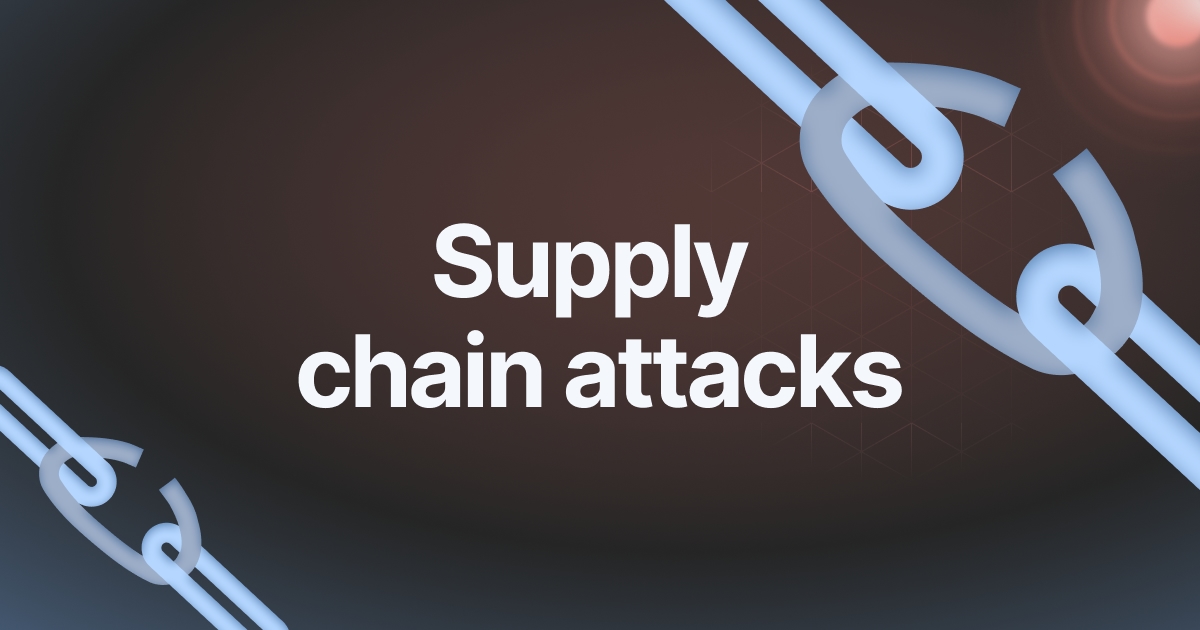In today’s highly connected digital world, the concept of having a secured “perimeter” around your organization’s data is quickly becoming obsolete. A new breed of cyberattack, the Supply Chain Attack, has emerged, exploiting the complex web of software and services that businesses rely on. This article explores the supply chain attack along with the threat landscape as well as your organization’s vulnerability. It also details the steps you can take to improve your security.

The Domino Effect: How a Small flaw can cripple your Business
Imagine this scenario: Your company does not utilize an open-source software library that has been identified as having a security vulnerability. The provider of data analytics on which you rely heavily does. This flaw that appears to be minor could become your Achilles ‘ heel. Hackers exploit this flaw in the open-source software, gaining access to the service provider’s systems. They now have a backdoor to your company through an invisibly linked third partner.
The domino effect is a great illustration of the nefariousness of supply chain attacks. They penetrate seemingly secure systems by exploiting weaknesses in partner programs, open source libraries or cloud-based applications.
Why Are We Vulnerable? What’s the SaaS Chain Gang?
In fact, the very things that fuel the current digital age – – the adoption of SaaS software and the interconnectedness between software ecosystems — have led to the perfect storm of supply chain-related attacks. The ecosystems that are created are so complicated that it’s difficult to trace all the code that an organisation may interact with even in a indirect manner.
Beyond the Firewall Traditional Security Measures Fall Short
It is no longer sufficient to rely on conventional cybersecurity measures to secure the systems you are using. Hackers are adept at locating the weakest link in the chain, and evading firewalls and perimeter security in order to gain access to your network via reliable third-party suppliers.
Open-Source Surprise There is a difference between free and paid code. open-source code is created equal
The widespread popularity of open-source software can pose a security threat. While open-source software libraries are a great resource, they can also pose security risks due to their popularity and dependence on voluntary developers. The unpatched security flaws in the widely used libraries could expose a variety of organizations who have integrated them in their systems.
The Invisible Attacker: How to spot the Signs of an escalating Supply Chain Threat
It can be difficult to recognize supply chain attacks because of the nature of the attacks. However, some warning signs could signal red flags. Strange login patterns, strange information actions, or sudden software updates from third-party vendors could indicate an unstable ecosystem. A significant security breach at a library, or service provider that is used widely should prompt you to act immediately.
Building a fortress in the fishbowl: Strategies that limit the risk of supply chain risks
What could you do to improve your defenses? Here are some crucial ways to look at:
Do a thorough analysis of your vendors’ cybersecurity practices.
The Map of Your Ecosystem Make an inventory of every library, software and other services your company utilizes, whether in a direct or indirect way.
Continuous Monitoring: Watch your system for any suspicious activity and actively follow security updates from every third-party vendors.
Open Source with Caution: Exercise care when integrating open source libraries, and prioritize those that have established reputations as well as active maintenance groups.
Building Trust through Transparency: Encourage your vendors to implement robust security procedures and encourage open discussion about possible vulnerabilities.
The Future of Cybersecurity: Beyond Perimeter Defense
Supply chain attacks are on the rise and this has prompted businesses to reconsider their approach to security. The focus on protecting your security perimeters isn’t enough. Companies must take more holistic approaches by collaborating with vendors, fostering transparency in the software industry, and proactively combating risks across their digital supply chain. By recognizing the dangers of supply chain attacks and actively strengthening your security to ensure your business remains safe in a constantly changing and interconnected digital environment.




